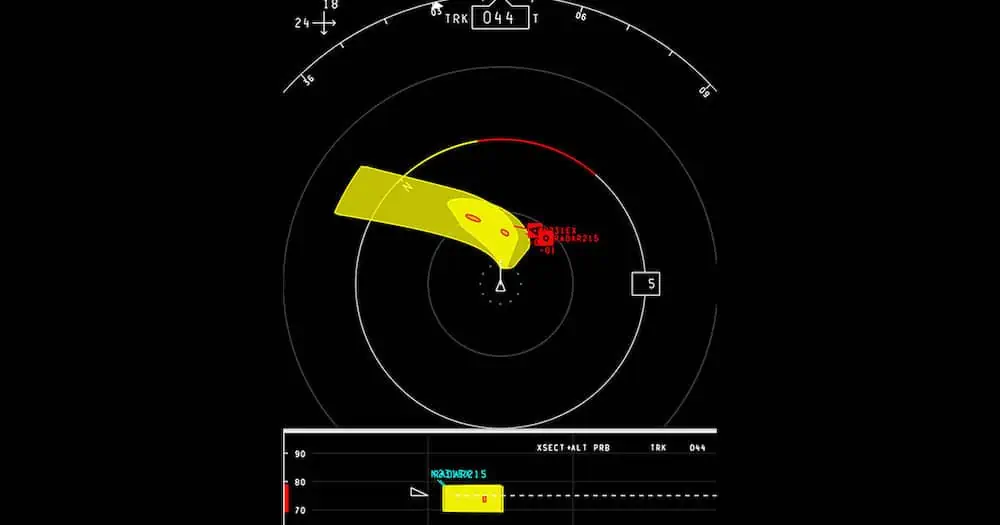
General Atomics Aeronautical Systems, Inc. (GA-ASI) has completed a series of test flights for the Federal Aviation Administration (FAA) to demonstrate mature Detect and Avoid (DAA) technology for Beyond Visual Line of Sight (BVLOS) operation of Unmanned Aircraft Systems (UAS).
Data from these DAA test flights will help the FAA continue to build the evidence that it needs to allow for the safe and efficient integration of UAS operations in the National Airspace System (NAS).
GA-ASI conducted the test flights in partnership with the Northern Plains UAS Test Site (NPUASTS). The company flew a SkyGuardian UAS from GA-ASI’s Flight Test and Training Center (FTTC) in Grand Forks, N.D. The SkyGuardian was equipped with an airborne DAA system developed by GA-ASI and Honeywell, which meets the key requirements of the FAA-accepted performance standards and has previously been used by NASA for DAA testing and BVLOS demonstrations. The DAA system features GA-ASI’s Active Electronically Scanned Array (AESA) radar to locate aircraft that are not broadcasting flight information.
NPUASTS, one of seven FAA test sites charged with safely incorporating UAS into the NAS, provided consultation, observation, and data collection for the test scenario flights. NPUASTS also collaborated with partners to provide a manned aircraft that flew a series of flight paths coordinated with the SkyGuardian’s, to test the performance of its onboard DAA sensors. Both aircraft carried survey-grade GPS receivers and data recorders to compare the actual positions of both aircraft with the relative position measured by the DAA system’s sensors.
The test flightpaths were designed to create close encounters between aircraft that could occur during route flying, airport approaches, or while the unmanned aircraft is flying a survey pattern.
“The DAA system must identify any potentially hazardous situations, alert the remote pilot and help the pilot keep the unmanned aircraft well clear of any other aircraft,” said Brandon Suarez, technical director of UAS Civil Airspace Integration for GA-ASI.
Find suppliers & manufacturers of Detect and Avoid Technology for unmanned systems >>


















